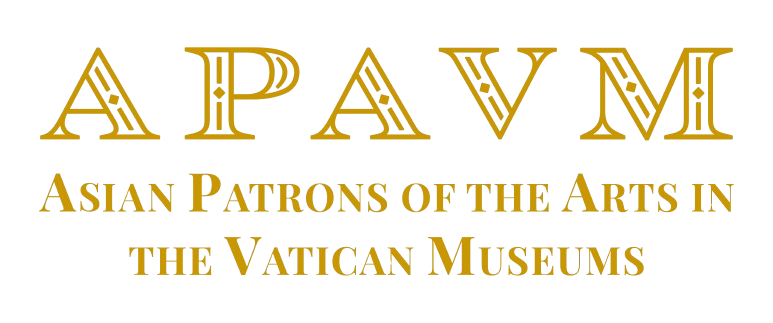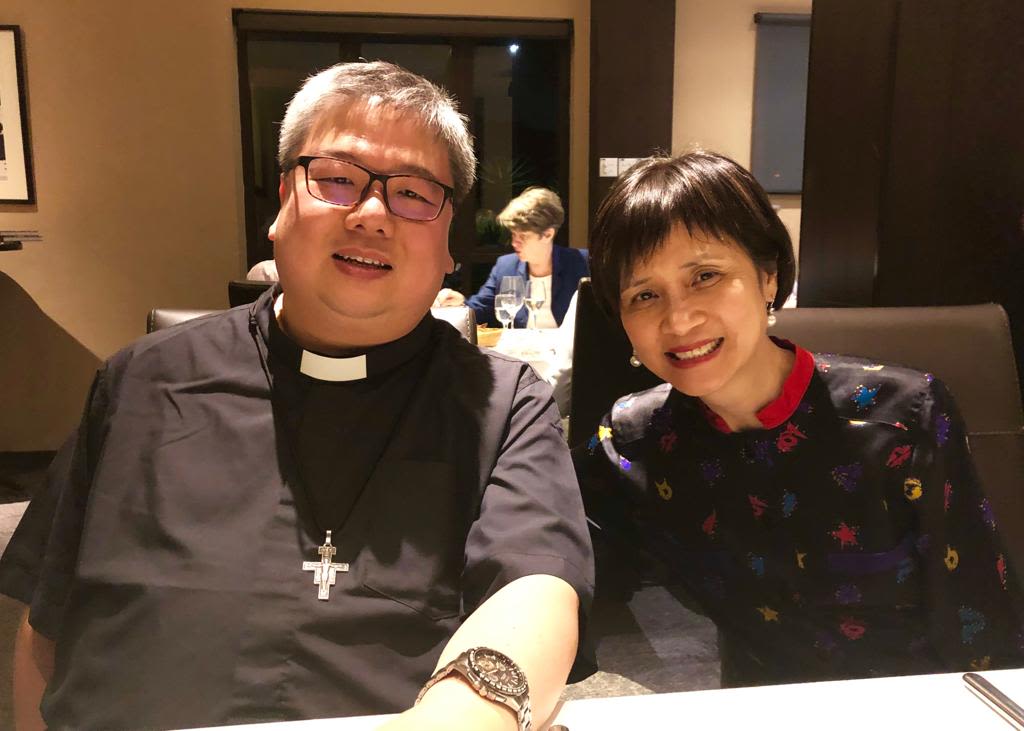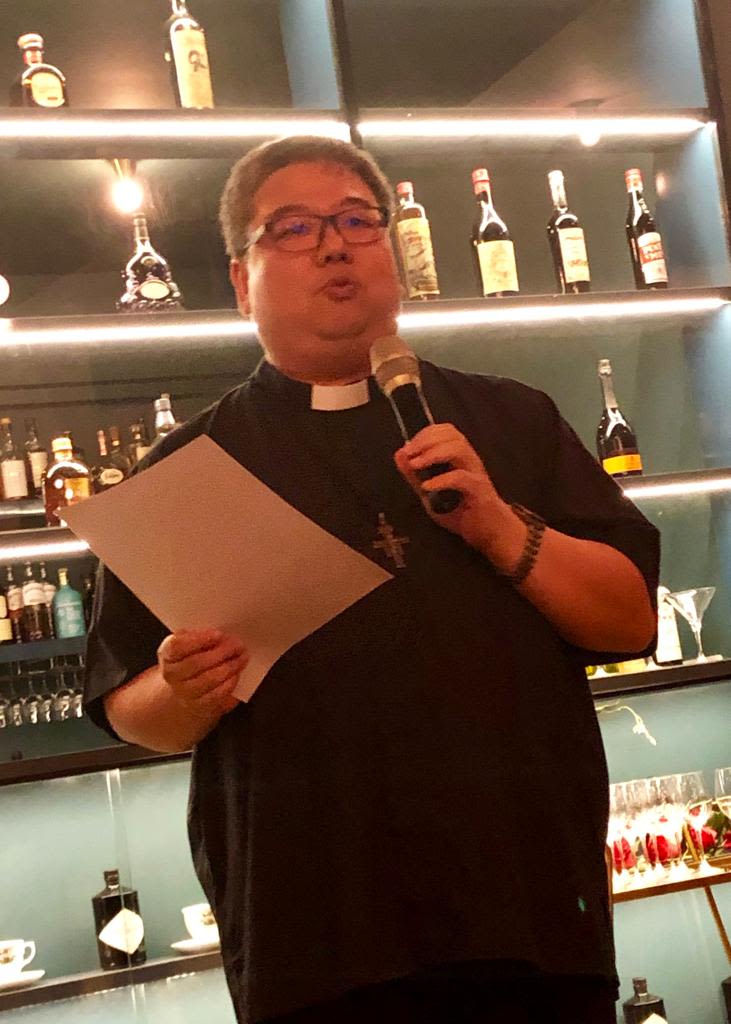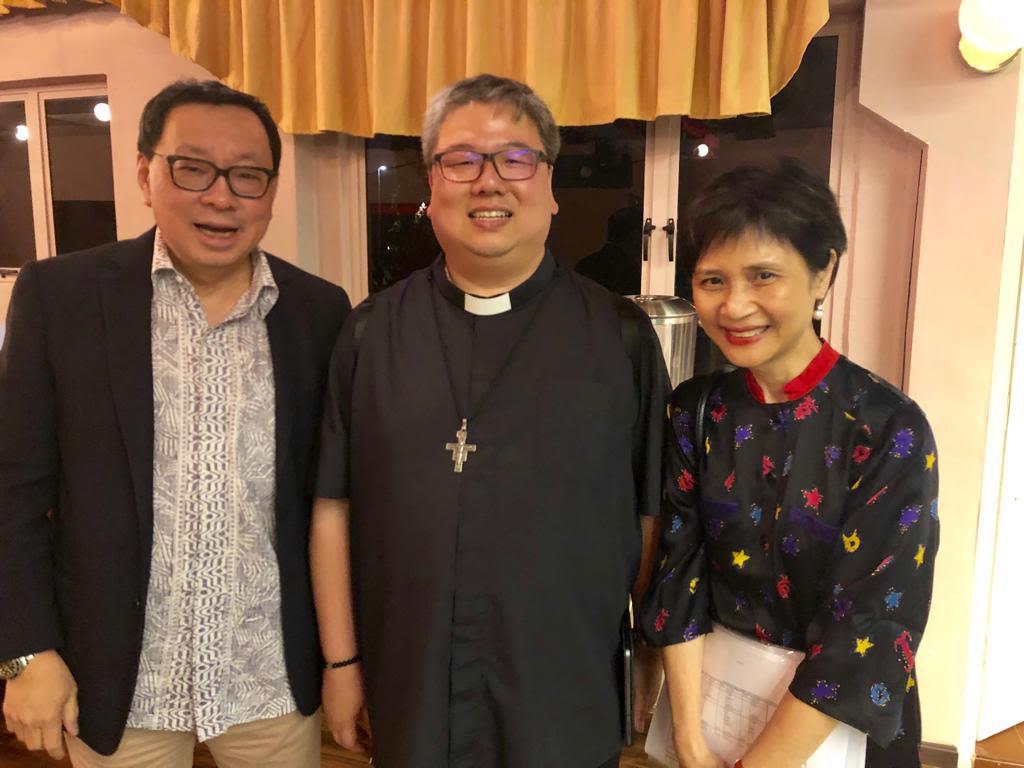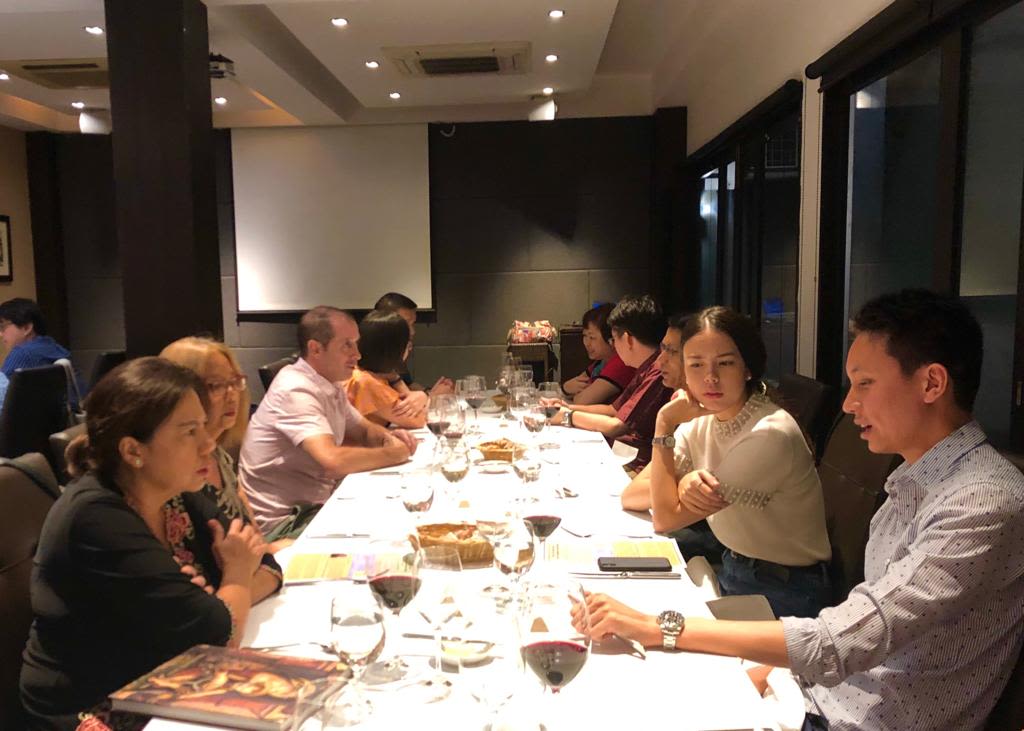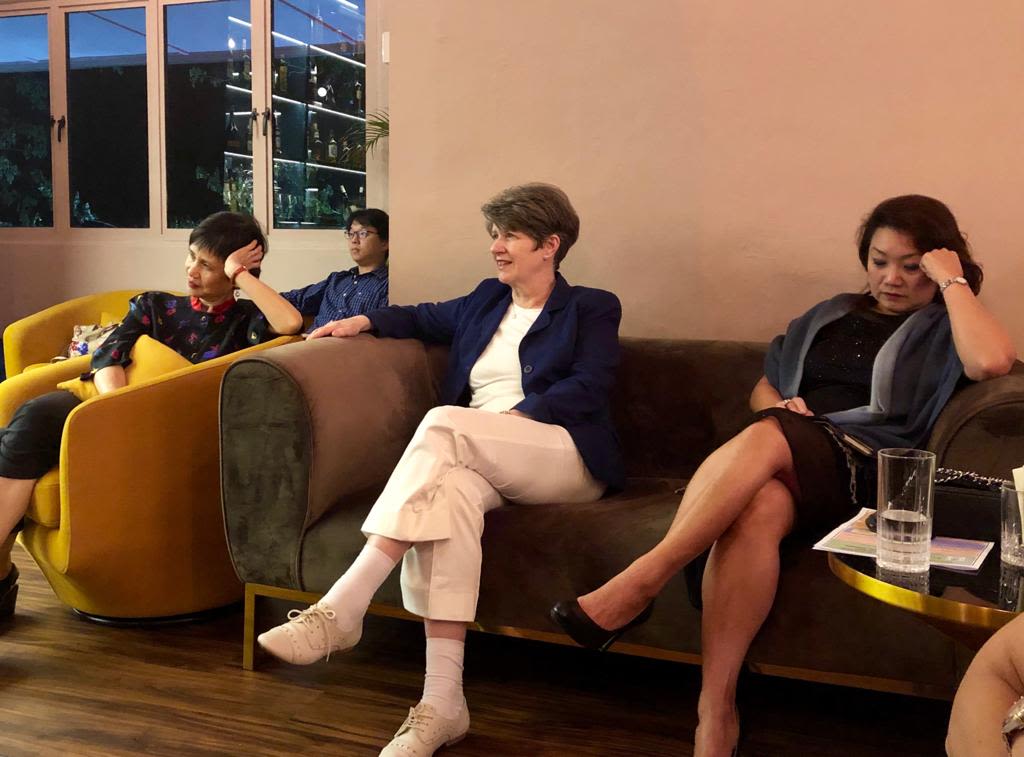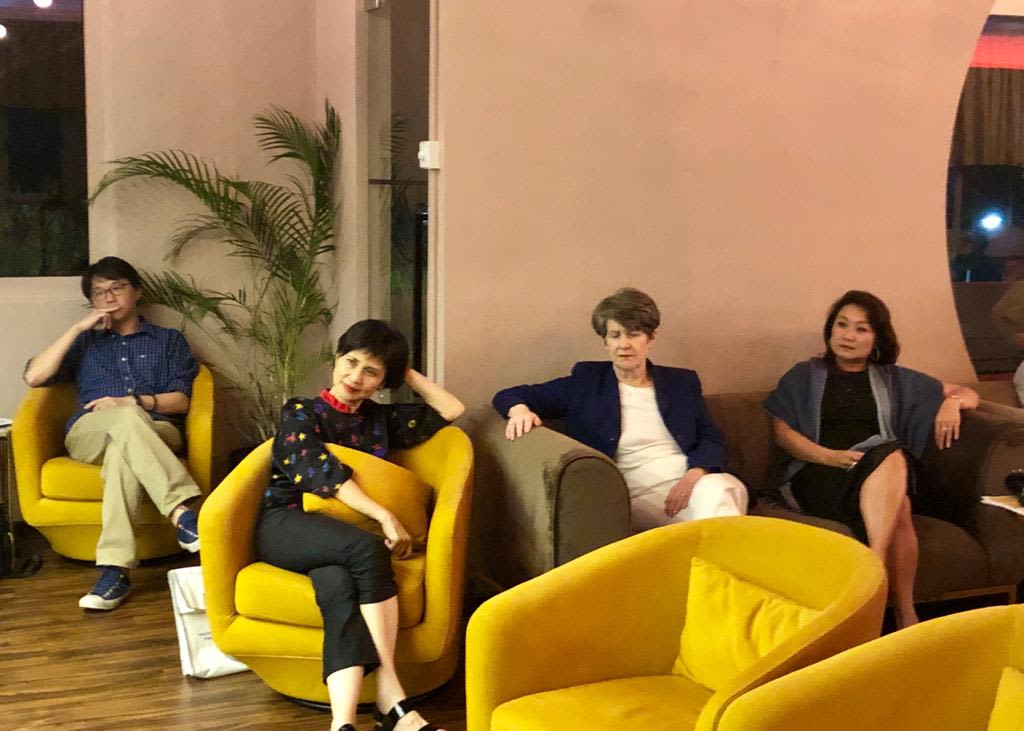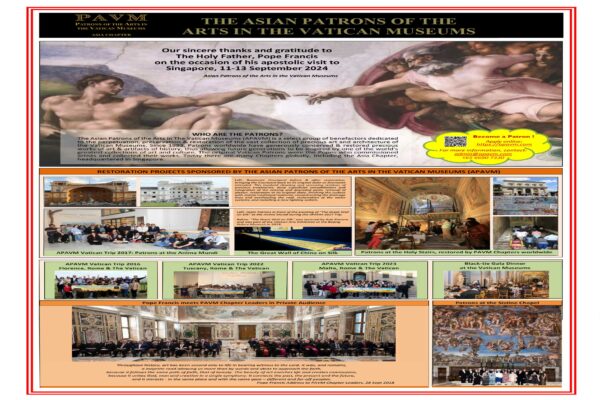THE VOCATION AND INVOCATION OF ART
The language of beauty is absolutely crucial now, more than ever, for we live in a world of grave moral and intellectual confusion. Against this background of the cultural wasteland in which we find ourselves, Pope Benedict XVI spoke about the experience and importance of being “wounded by the arrow of beauty.”
Sacred art is true and beautiful when its form corresponds to its particular vocation: evoking and glorifying, in faith and adoration, the transcendent mystery of God – the surpassing invisible beauty of truth and love visible in Christ, who reflects the glory of God and bears the very stamp of his nature, in whom the whole fullness of deity dwells bodily… Genuine sacred art draws man to adoration, to prayer, and to the love of God, Creator and Saviour, the Holy One and Sanctifier. (CCC 2502)
Inferring from these instructions, beauty in art, for better or for worse, possesses power either to save it or to overthrow it. Hans Urs von Balthasar, in contemplating the dynamics of the Transcendentals, concluded, only in beauty is truth good, and goodness true. Since “beauty is the splendour of truth”, says Plato, we should respond by returning to Fyodor Dostoyevsky’s all-confounding premise to conclude the case for why beauty is a non-negotiable in the religious community’s interaction with human civilisation: “Beauty will save the world.”
To that end, there is certainly a worthy project to be upheld among patrons of the arts in the world today. This endeavour goes beyond that of preserving the multitudes of human edifices. Rather, it pertains to the preservation, and if possible, the enhancement of visual literacy and the recovery of respect for the place of art and beauty in the economy of human life.
Taking Christian art as a primary case in point, the persistence of artistic expression from its birth in the catacombs of Rome, its continuity throughout the Middle Ages and the Renaissance, and until at least the Counter Reformation of the 16th century, it cannot but be observable that art was indispensable to the formation of faith and life for the grassroots Christians. What the eyes could not conceive by way of alphabet, for the vast majority of them were illiterate, the heart could be drawn into just by the beholding of paintings, icons, mosaics, frescoes, sculptures, and stained glass.
For all its often perceived non-necessity, art has been at least in part responsible for saving human civilisation. Soon after Martin Luther’s departure from the Catholic Church in 1517, the elevated tension between Catholics and Protestants revolved into religious wars across the European continent. The Church, in desperation to restore the unity of the Catholic faith among an illiterate population, turned to the arts. What she could not convey through words and letters, she communicated on stone and canvas. The most effective correction to what she concluded to be widespread heresy was the promulgation of works of sacred art to draw the minds of the populace back to its timeless truth.
But one must not reduce the function of art in human civilisation to a mere concession to illiteracy. To assign such a didactic function to art by reducing its inherent value to its mere meaning would lead to a fallacious conclusion that all that is necessary is to read descriptions of art rather than to behold art itself, to be confronted by it, and to be drawn into it. Beauty is profound in a way that causes the power of words to break down. When life is limited by words, some of its deepest mysteries will be forever beyond its reach.
Beauty is both ancient and new; its presence surprises, thrills, and consoles. It exists beyond time and space. Likewise, beautiful things facilitate the shining of eternity’s radiant and timeless light upon us. In Chapter X of his Confessions, Saint Augustine of Hippo laments the fact that it has taken him 33 years to discover ultimate Beauty:
Late have I loved thee, O beauty ever ancient, ever new, late have I loved thee. For see, Thou wast within and I was without, and I sought thee out there. Unlovely, I rushed heedlessly among the lovely things Thou hast made. Thou wast with me, but I was not with Thee. These things kept me far from Thee; even though they were not at all unless they were in Thee.
Presenter Profile
The Rev. Deacon Dr Sherman Kuek OFS is a Permanent Deacon of the Catholic Church, a Secular Franciscan and a theologian. He was a Protestant minister for many years before being received into full communion with the Catholic Church. He is incardinated in the Diocese of Malacca Johore, Malaysia. Deacon Sherman is the convenor of the Splendour Project (www.splendourproject.com), a community of friends who have put their charisms and apostolates together to be of service in the evangelising mission of the Catholic Church. He spends much of his time giving catechetical instruction through speaking, writing and media production. He also travels around the region to assist in the catechetical ministry of the Church in various parishes and dioceses.
Deacon Sherman is the author of The Master’s Voice: 100 Reflections on Following Christ (Singapore: Armour Publishing, 2012) and Faith Speaks: Essays on Issues Confronting Christians Today (Malaysia: NAC Publications, 2013). He is also the author of various adult faith formation courses that are being taught in parishes and dioceses around Malaysia, Singapore and Brunei. His Doctor of Theology degree, majoring in Theology and Social Theory, was conferred by Trinity Theological College (Singapore). More information about him can be found on www.shermankuek.com.
